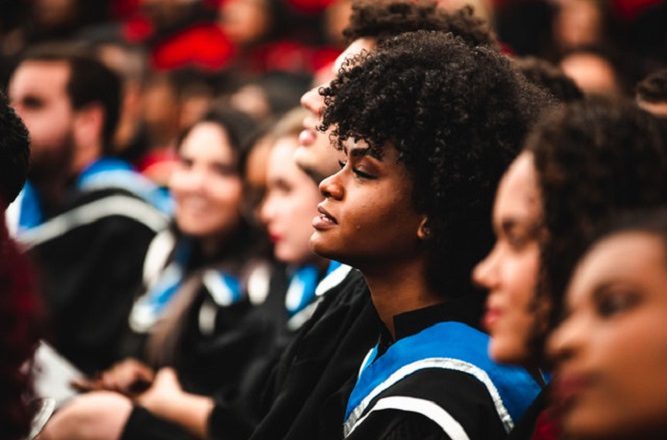Affecting Higher Education And Jobs – Drop In Students Who Come To The US To Study
David L. Di Maria, University of Maryland, Baltimore County
Driven largely by the global pandemic, the number of international students enrolled at U.S. colleges and universities fell by 15% – or 161,401 students – from 2019 to 2020. However, early data for 2021 indicate the number might bounce back soon. This is according to new data from the Institute of International Education and the U.S. State Department.
As a university administrator who specializes in international higher education, I see six important takeaways to consider.
1. A record decrease
While a drop was expected due to the disruptions caused by the COVID-19 global pandemic, which included international travel restrictions and suspension of U.S. visa services, the number of international students in the U.S. has actually b...







